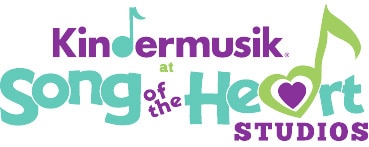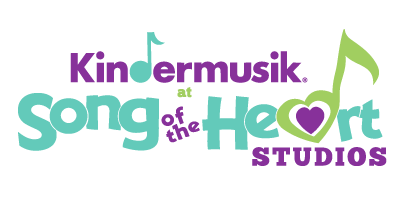My daughter attends the Salt Lake Arts Academy and has a class in dance improvisation. Last night we attended a dance recital where we saw many ways that my daughter and her classmates participate in moving through space and time, aware of their own bodies and those of their classmates. My favorite dance number was one in which the kids started in pairs, mirroring each other’s movements and taking turns being the leader. Then, the pairs became groups of four and then eight, with leadership positions shifting regularly (and, on the fly, as it were) as the students turned around and navigated their flocks with respect to the other groups.
Most of my formative years were spent at the piano, so I never took a dance class as a youth. However, as an adult, I have discovered how much I love to move my body with rhythm. Zumba is my lifeline, and I have even participated in some dance therapy that has been profoundly moving (see what I did there?). Still, I don’t know much technique and I am certainly in awe of dancers who can use their bodies to communicate and express emotion.
As a Kindermuisk instructor and parent, I became increasingly aware of the joy that I experienced dancing with my kids. Letting go of inhibition and showing my kids how to just enjoy inhabiting their skin has been an amazing lesson for me, too. Each time I skip in public with my daughter, I am grateful to her for reminding me that walking isn’t the only way to get from place to place. Getting in tune with the sheer joy that comes from a skipping movement often gives me a little boost of appreciation for the fleeting moment with my child—the only moment I have, really.
Research from Tortora, Lerner and Ciervo teaches us that movement has so many benefits for a child’s overall development. It improves strength and physical health, sure, but it also builds self-confidence and improves emotional stability. My oldest daughter always comes home from dance class substantially less inclined to fight with her siblings, even though she may be tired. She’s able to use her words and interact positively with the family. Children may choose to communicate or solve problems with movement; but, I notice even as an adult, after a Zumba class I often find it easier to deal a particularly frustrating situation or concern. Finally, movement is one critical way that caregivers can bond with their children, and a child will often move specifically in an effort to be close and connect with a parent or other grown-up. It only takes dancing with my kids in a Kindermusik class or to some music in the living room to show me how much they enjoy being with me!
One of the great things is that movement doesn’t have to be restricted to dancing. Rides in the laundry basket, playing around in the Bilibos, or even lap bounces can facilitate all these benefits, too. Check out this video and see just how many ways we move in Kindermusik class!
[youtube]http://www.youtube.com/watch?v=XzRgN-Ll3m0[/youtube]
The relationship we have with our bodies (especially as adults) can be complex indeed. Nevertheless, I love how dancing and movement, regardless of our age, allow us to nurture our spirits. May you all embrace the moment, the next time you find yourself moving with your little one.

